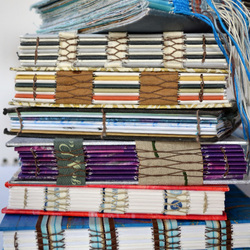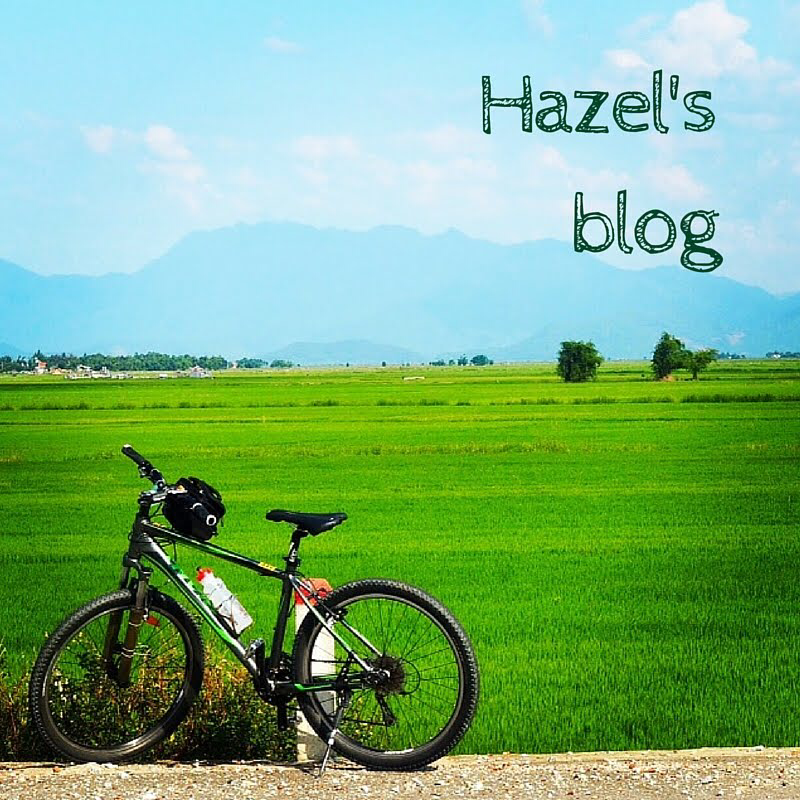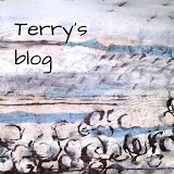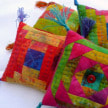People can’t draw: or at least that’s what they think.
But actually, we can all draw. We can all make marks on paper (did you have a go at the mark-making challenge in #institchescreative2020 week one?). As children we made marks on paper without thinking about what they looked like or whether they were realistic, and without listening to that inner critic. When did we lose that?
- A large sheet of paper about A3 size
- A couple of pens, one fine-nibbed (eg a fine liner or a biro) and one thick (we like Sharpies, but they will go through the paper). We’d encourage you to use pen rather than pencil – a nice bold line and no place for rubbing out here…
- A few things to draw. Keep them simple, everyday items – we like to raid the kitchen: mugs, jugs, bananas, spoons. Or pens and art supplies, your other hand etc. Many of our images here have been done with our Inspiration to Stitch students in Autumn, so seed pods and leaves feature highly. [You can even use a picture as Carla Sonheim demonstrates in her video here, but we prefer to do this with real objects.]
1. Park your eyes at a point on the outside edge of your object. Park your pen nib on an appropriate place on the paper.
2. Without looking at your pen or your paper, use your eyes to very slowly “trace” the edges of the object, while, at the same time, using your pen to draw the outline in a steady, continuous line.
Tip: if you have difficulty not taking a sneak-peek at your paper, hold another sheet over the one you’re drawing on so you can’t see what’s underneath.
4. Go very slowly... much more slowly than you think you need to.
5. Keep going until you get back to where you started. If you've got a group of objects you can keep the line going between one and the next.
Don’t just draw once then give up. Do several and you’ll notice more details to include and refine what you draw. It's fine to put them all on the same sheet; maybe use a different weight pen and draw over the top of those you've already done.
Below you can see a series of drawings of tree seeds - lime, hornbeam (our favourite) and sycamore - in different weights of pen and in different directions.
Well, to start with, it’s fun and a bit addictive, and the lines you produce have a lively spontaneity. Our students often trace one or two to repeat across a page of collage and taken out of context they make great hand-stitched lines. If you do your drawing on tissue paper they make great collage papers.
You could scan or photocopy them onto coloured papers - we especially love the paper created by accident when you put a 'sacrificial' piece of paper under others you're painting to save your work-surface. Or you could monoprint or paint blocks of colour over your drawings. Or you could use them as a kind of colouring book for adults! Experiment, play and have fun!
Before you go...
One of the exhibitions I was planning to see before all this happened was the Picasso and Paper exhibition at the Royal Academy. He didn't just draw on paper (although there are plenty of drawings too), he burnt it, collaged with it, tore it and made it three dimensional.
The RA has come up trumps and you can now watch a virtual tour of this exhibition on their website. It's 40 minutes long so settle down with a cuppa (after you've drawn it) and enjoy!
Another place I was planning to visit this year (it’s been on my wishlist for a long time), Kettle's Yard is the former home of Jim and Helen Ede, collectors of 20th century art, craftsmanship and natural objects. It’s now owned by Cambridge University and open as a modern art gallery, but in the house many of the artefacts are ones that the Edes collected and arranged themselves. The collection has work from St Ives artists, among them Ben Nicholson, Barbara Hepworth and Alfred Wallis, and sculpture by Henry Moore and Henri Gaudier-Brzeska among others. One of the things that visitors always notice is the play of light through the carefully arranged objects, and how the patterns created by the light and shadows change as the day progresses. This is no accident; Jim was fascinated by the way light could transform rooms in the house at Kettle’s Yard, and deliberately placed objects so that they interacted with the changing patterns of light falling into the house.
On Facebook reply to the relevant week's post with your comments and images. And don't forget to actually follow InStitches on Facebook to see what everyone else is up to.
Until next time - keep the creativity flowing...
Terry & Hazel
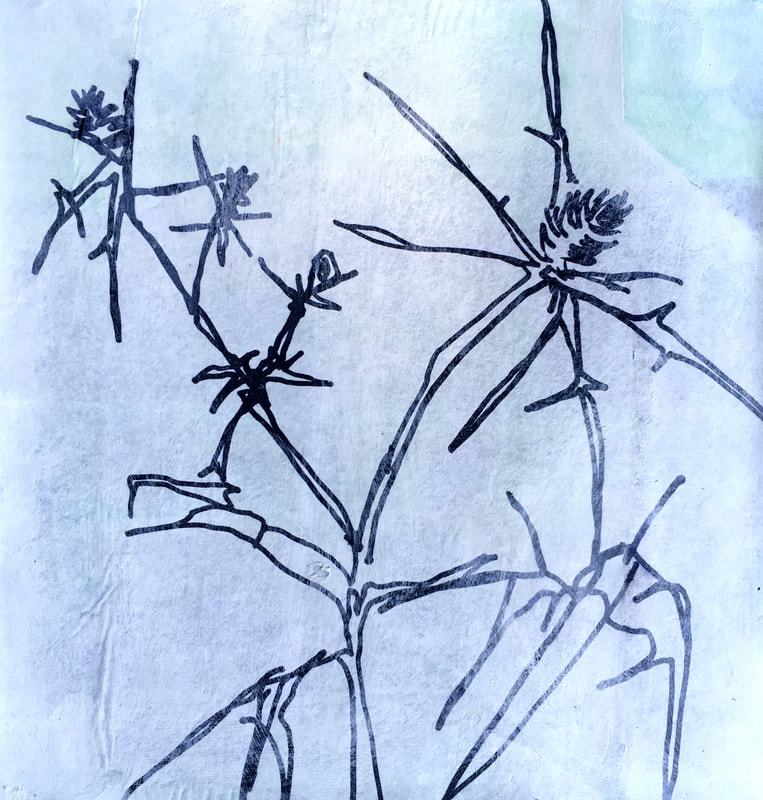
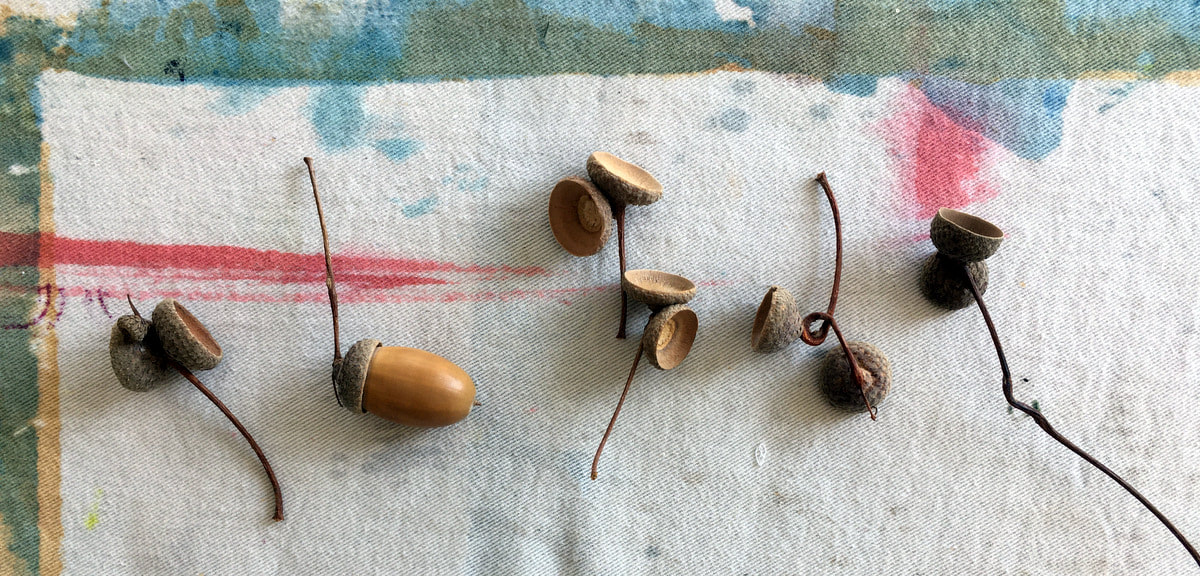
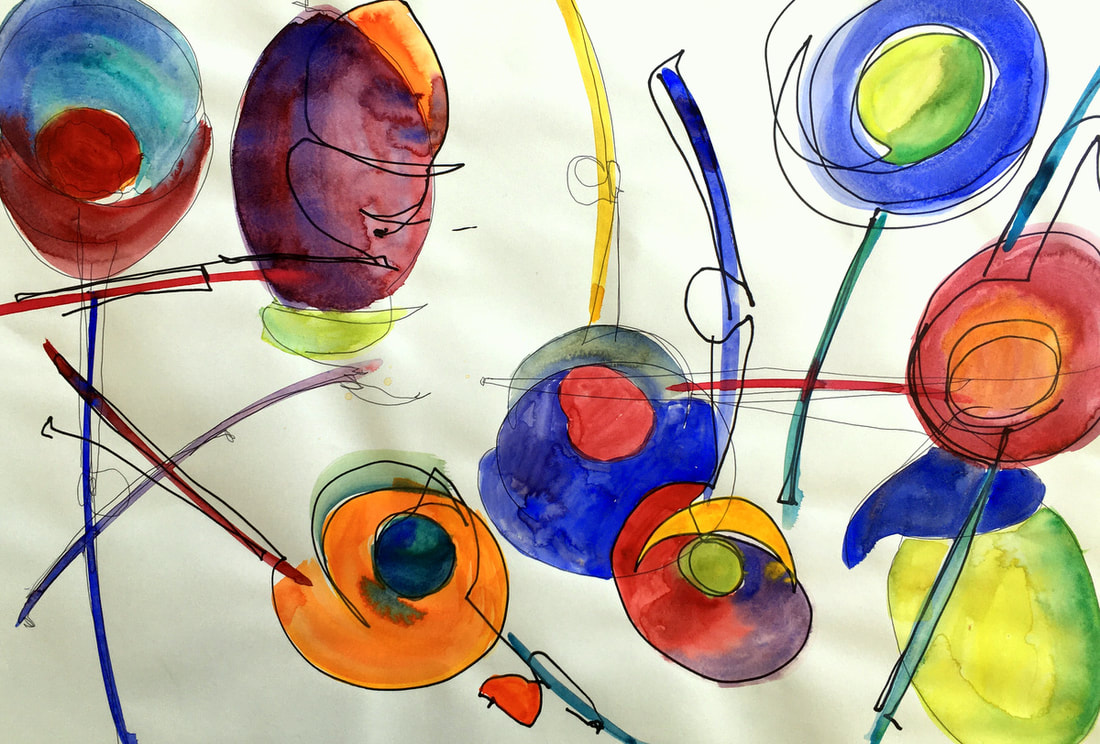
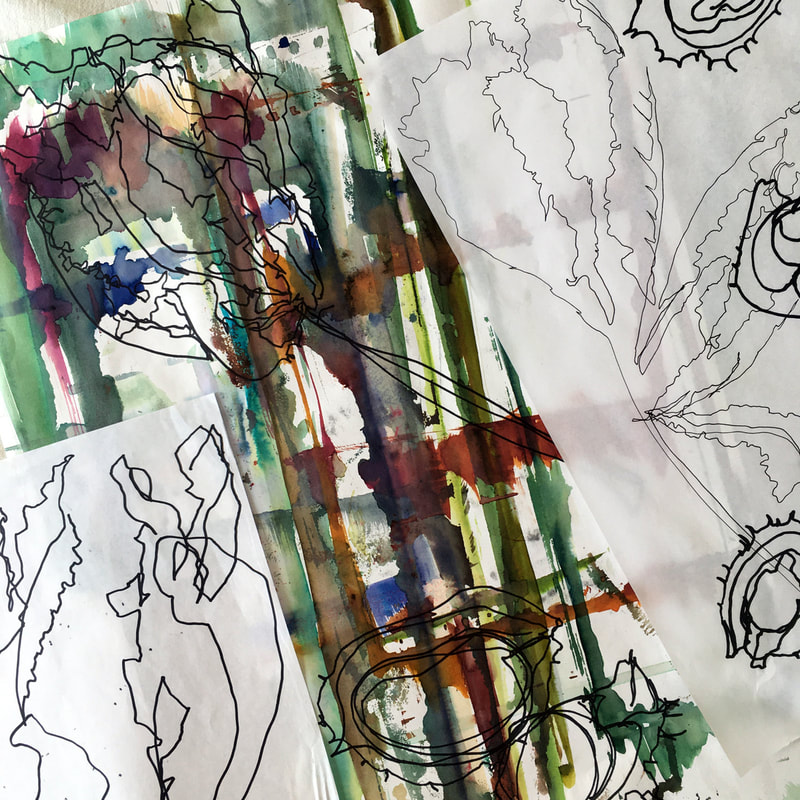
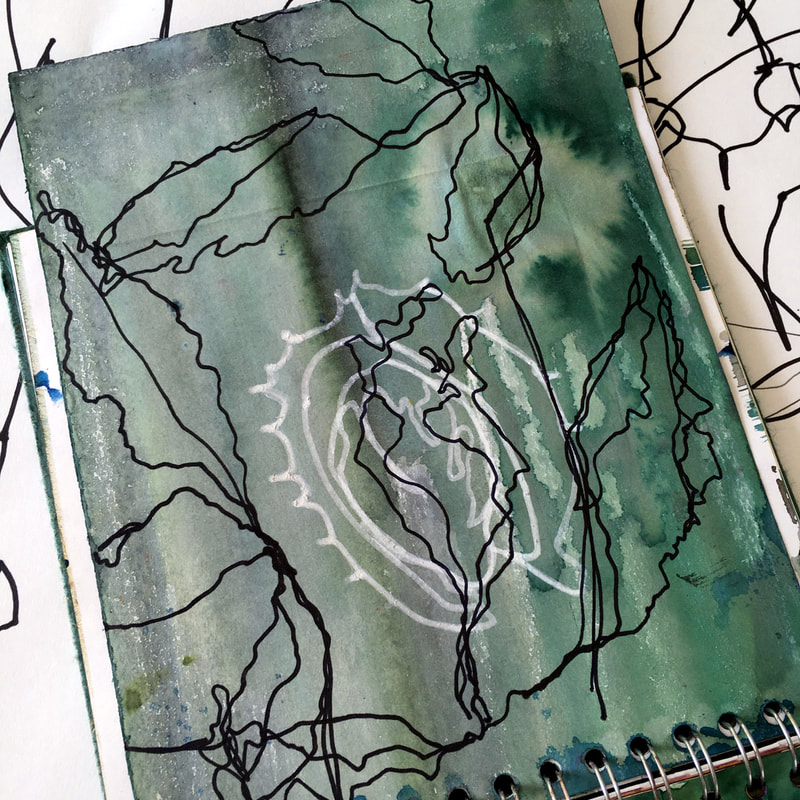
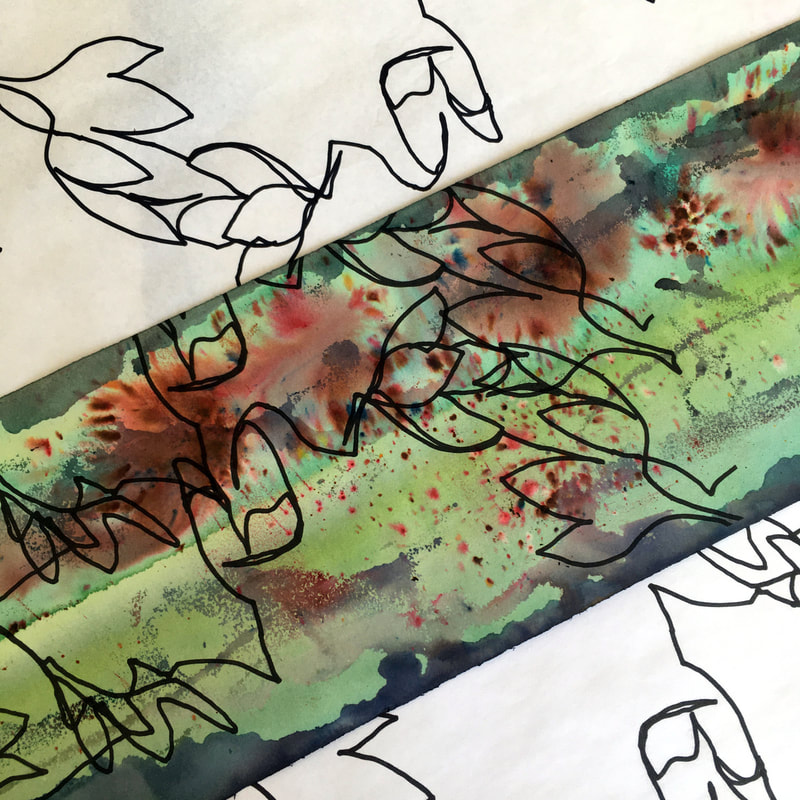
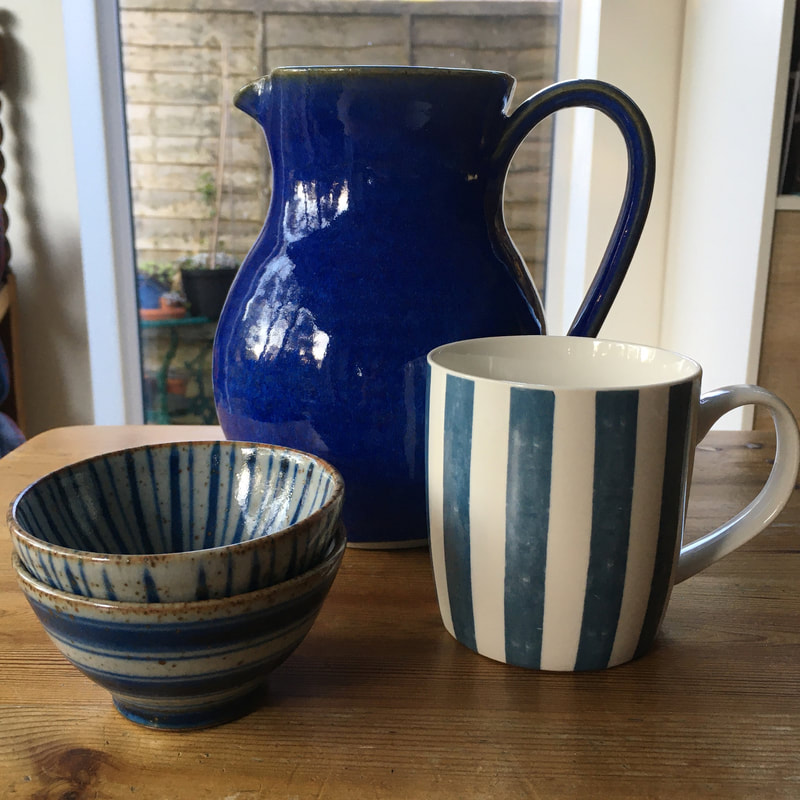
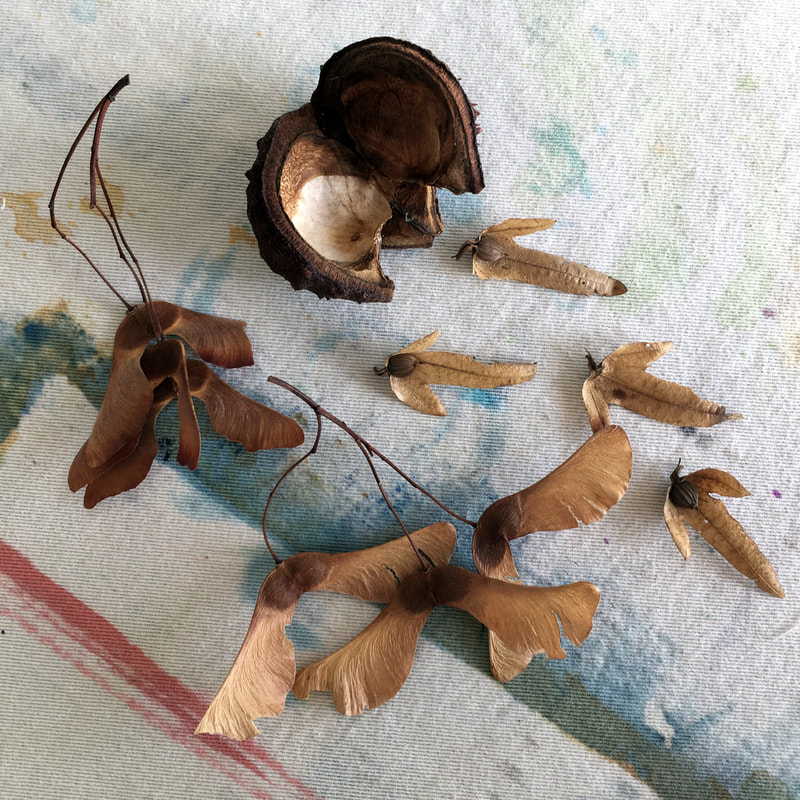
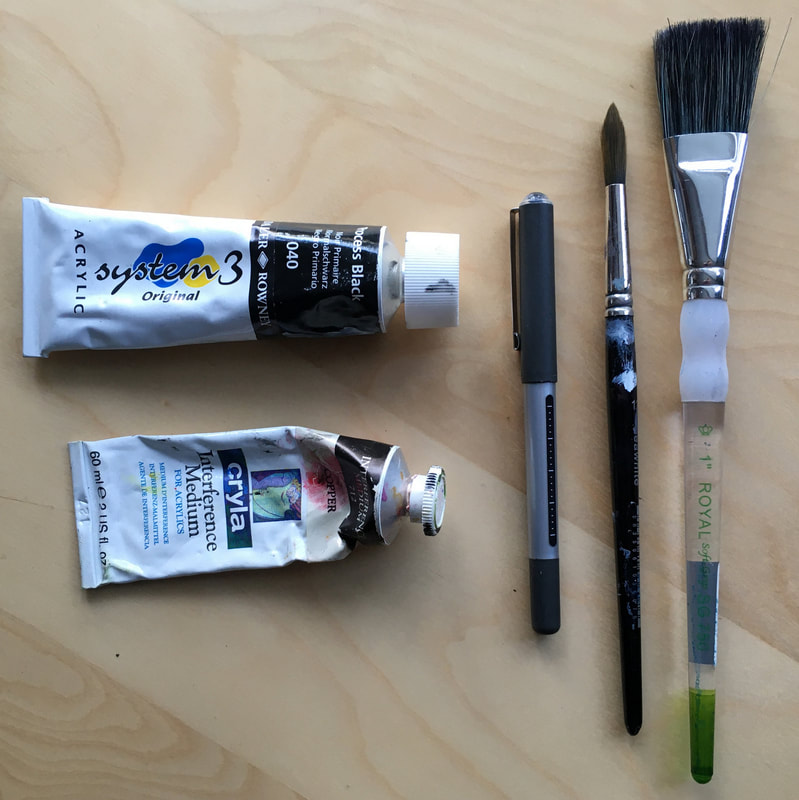
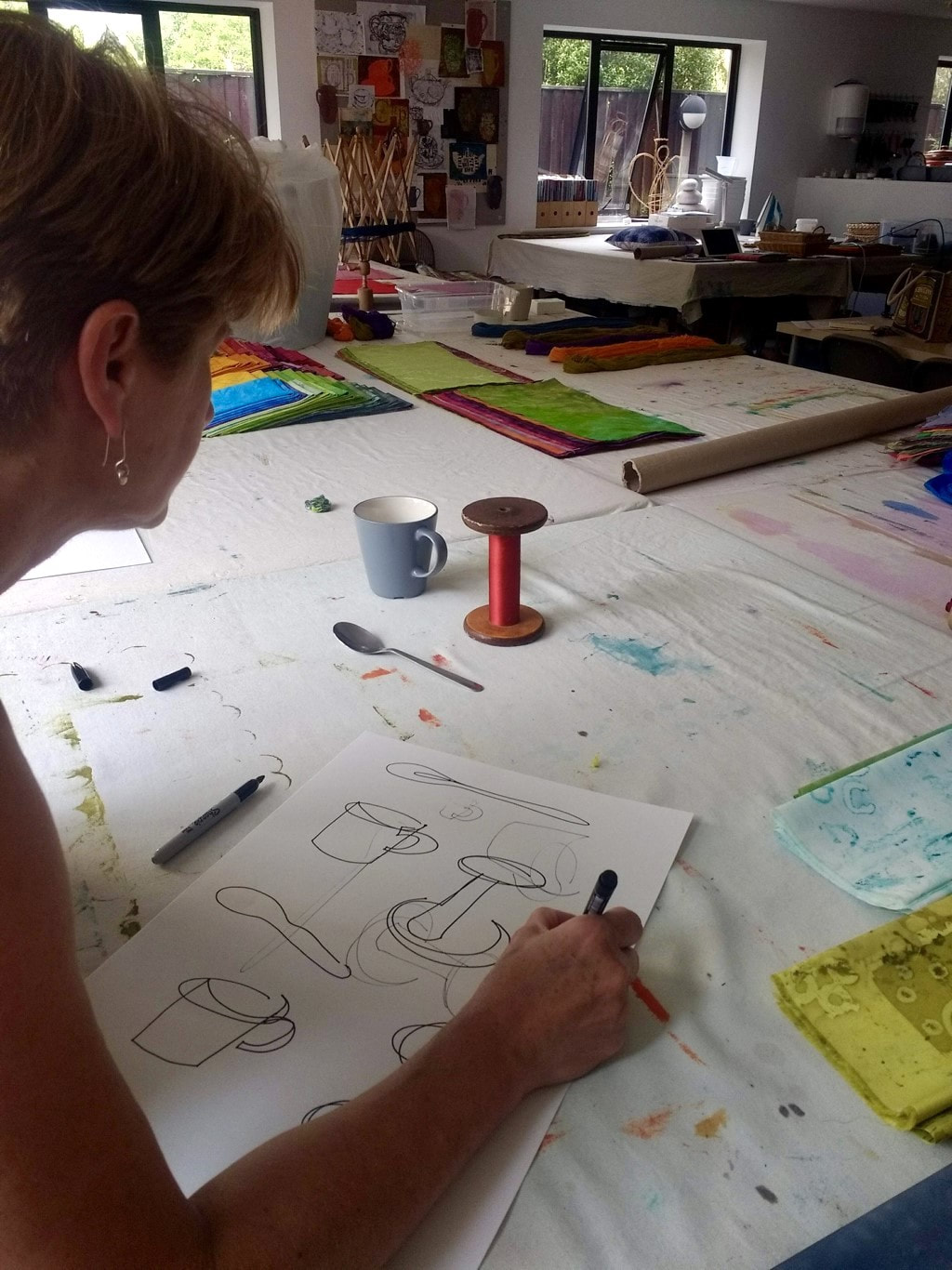
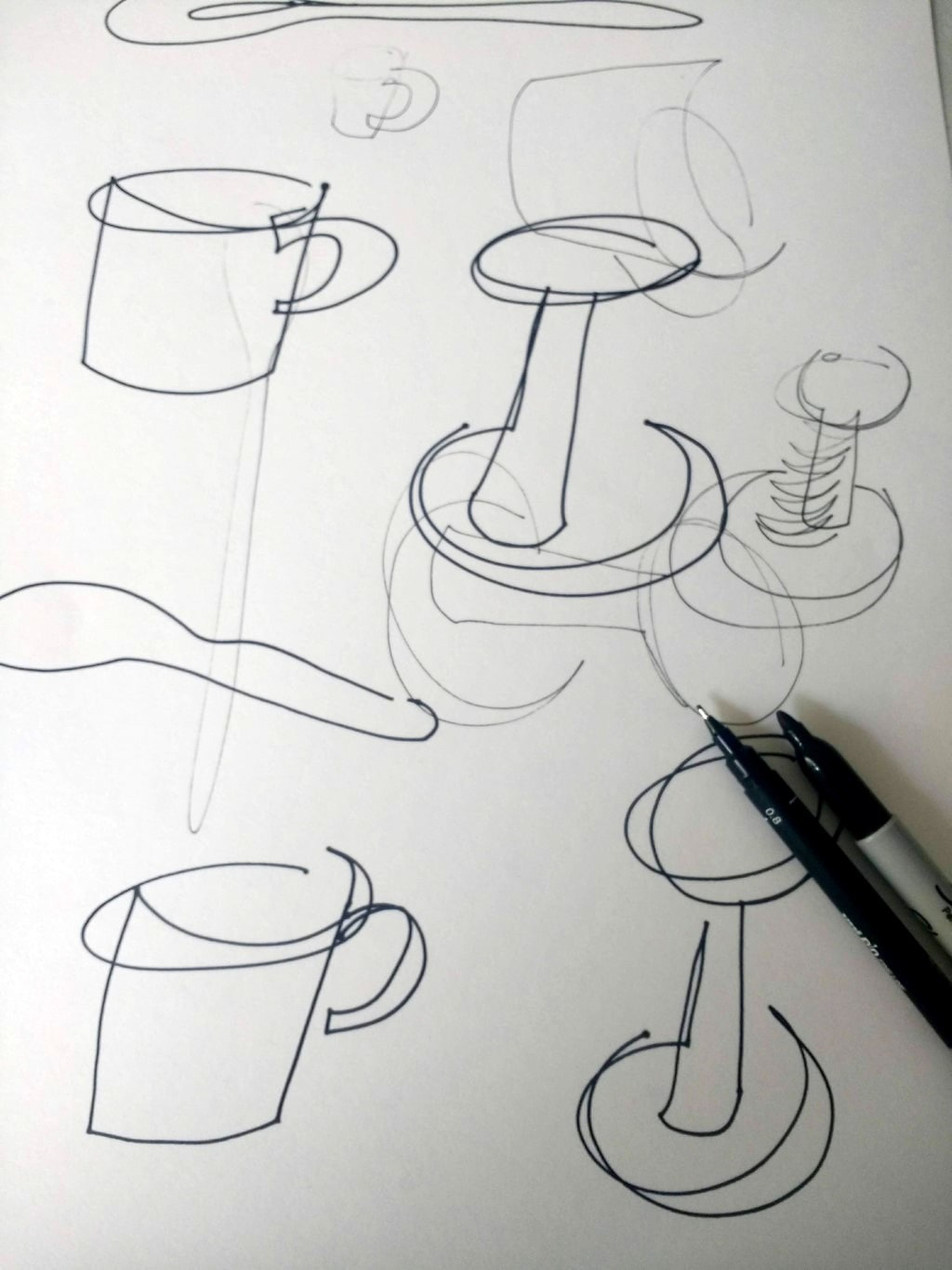
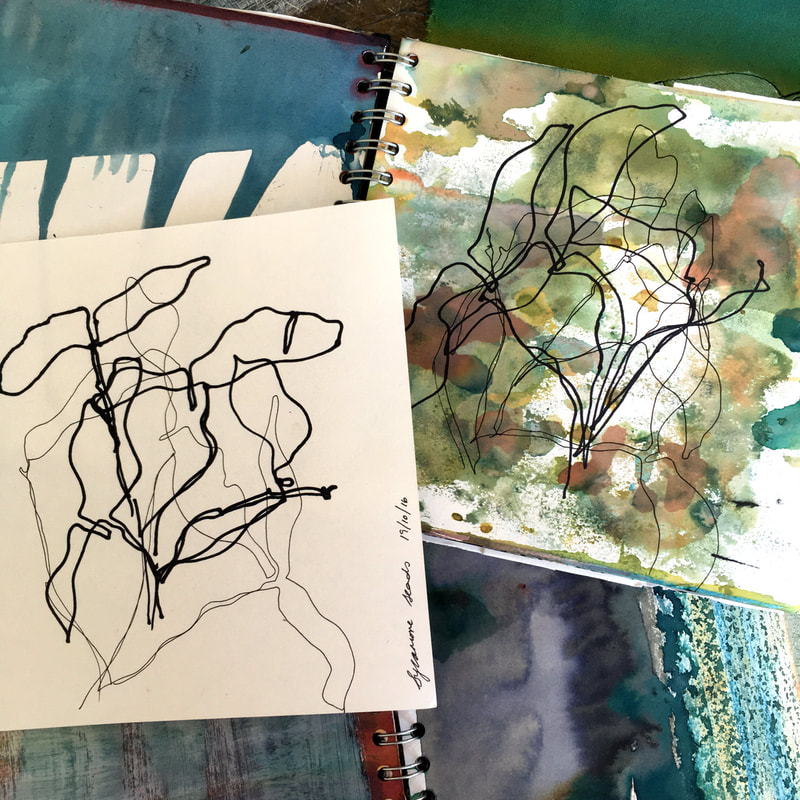
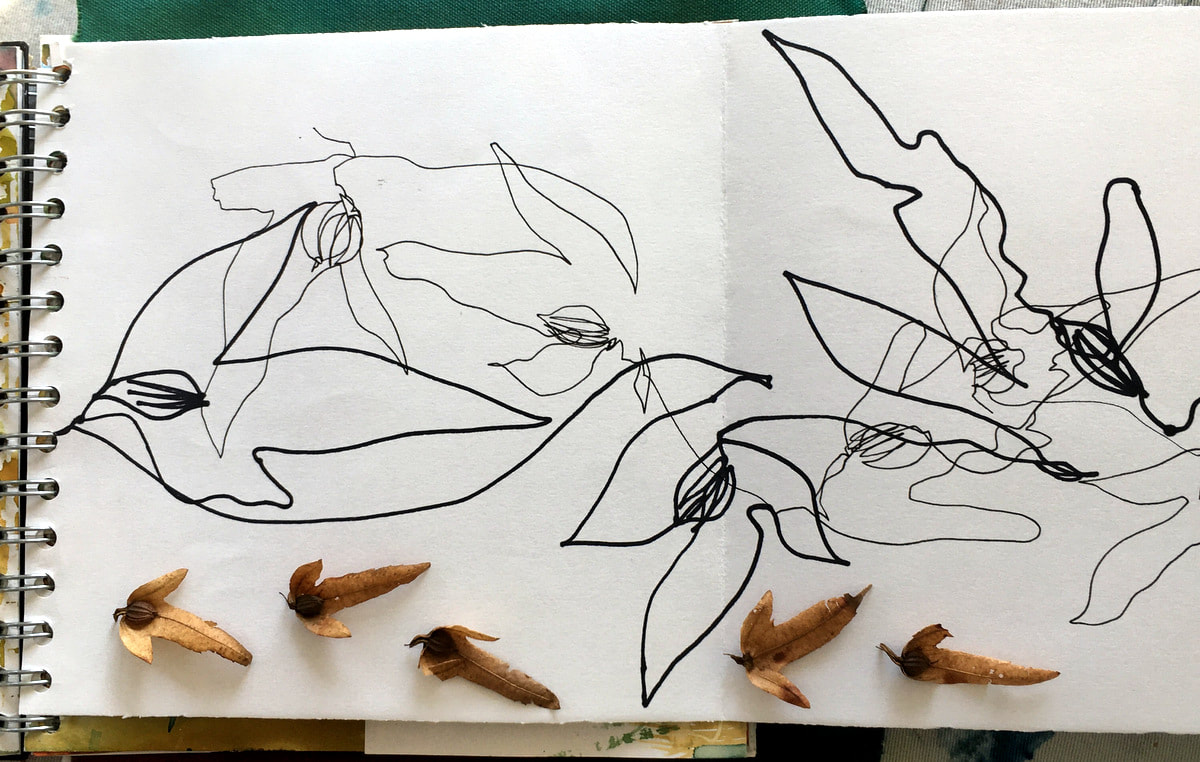
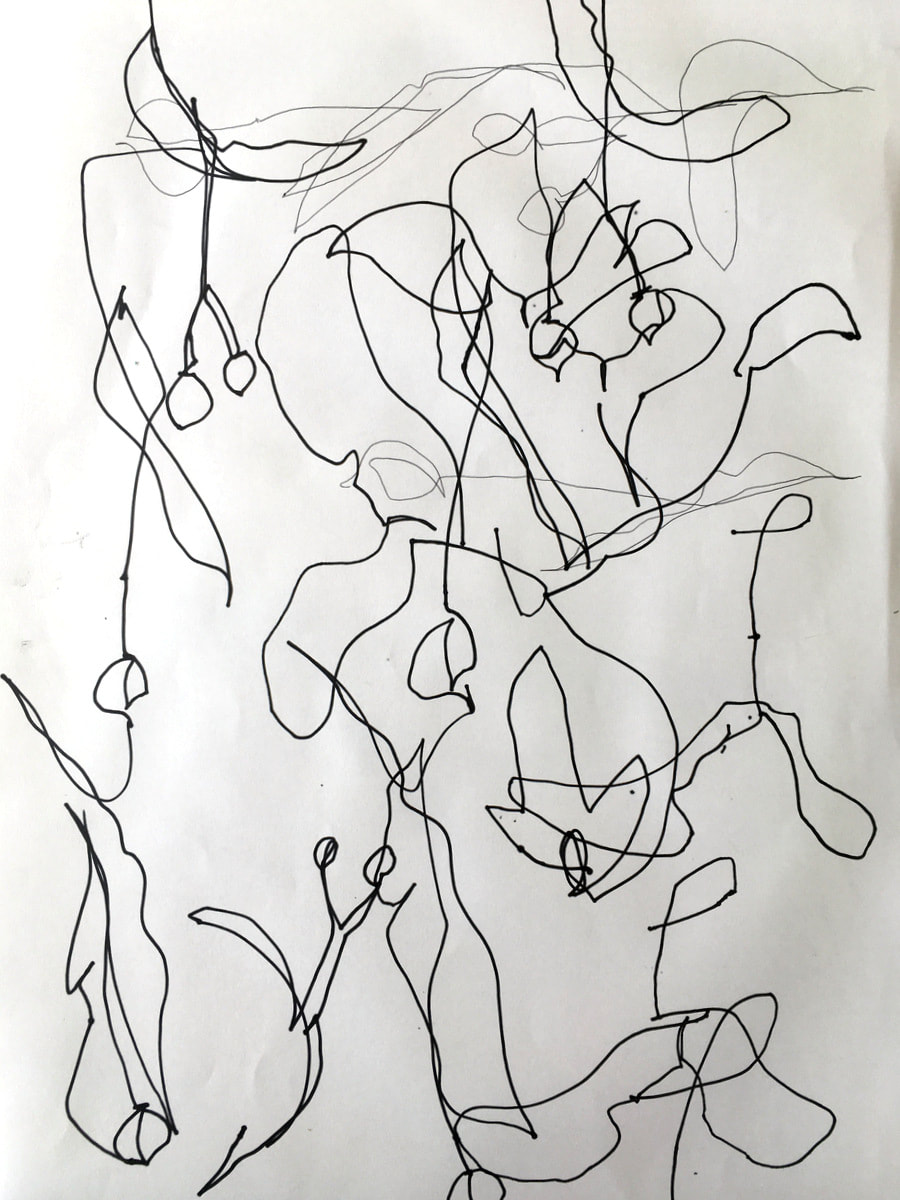
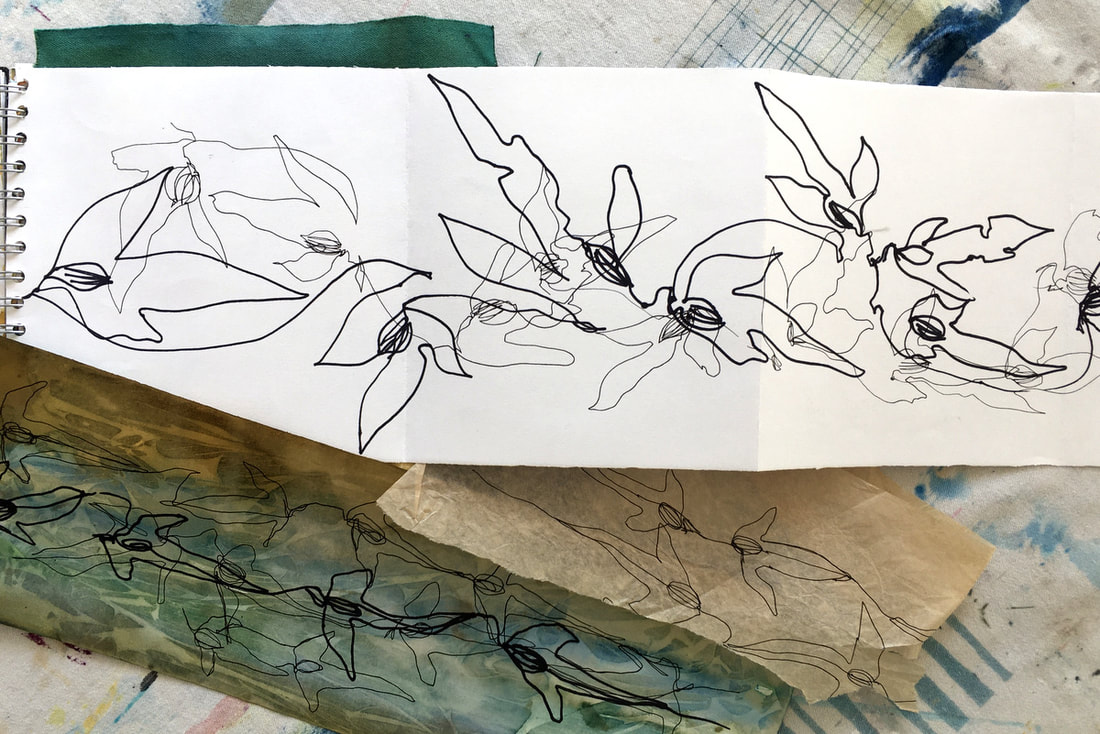
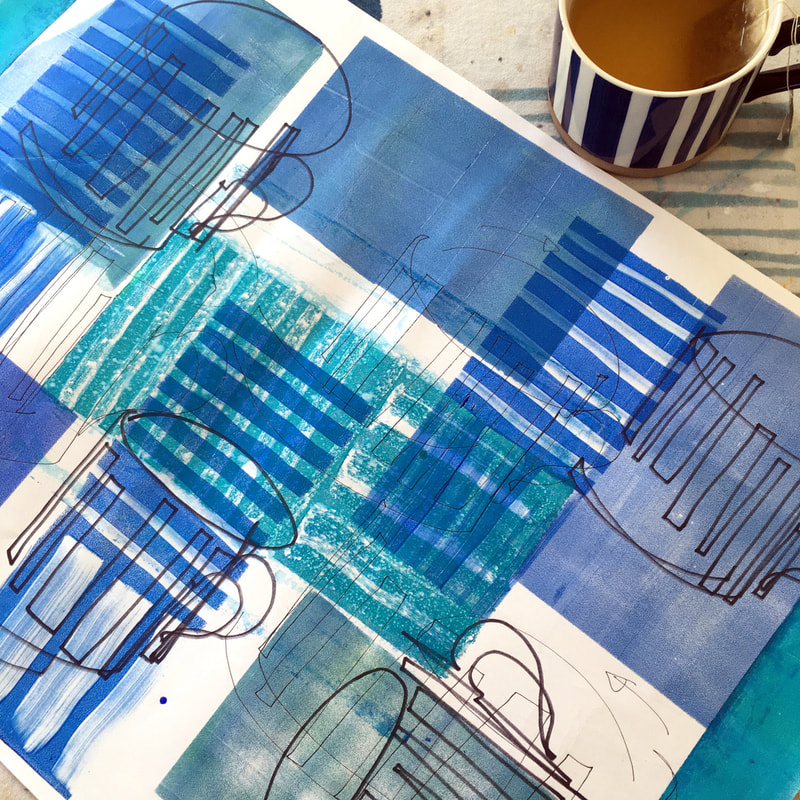
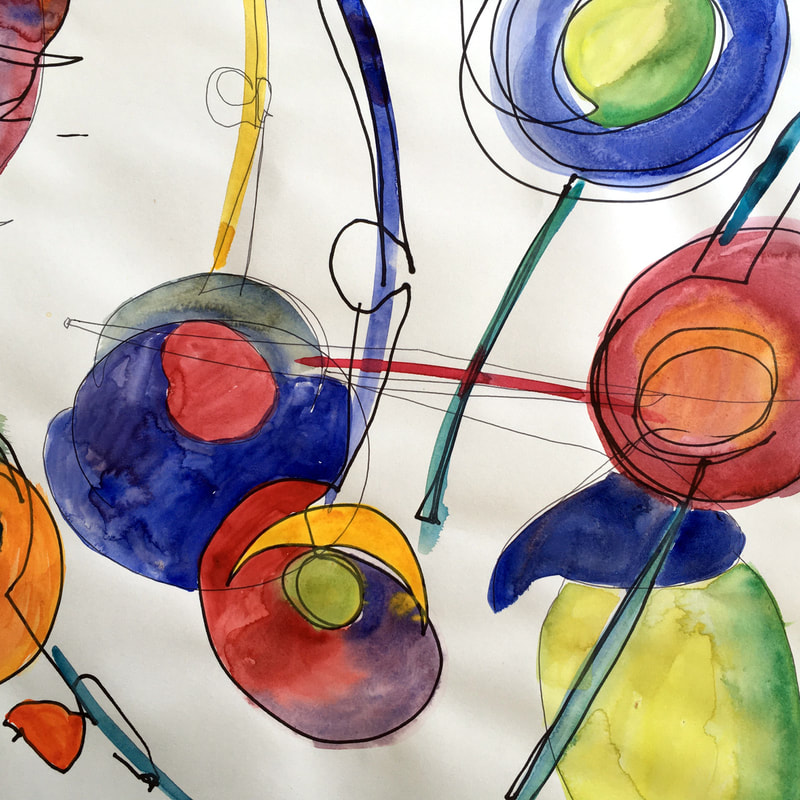
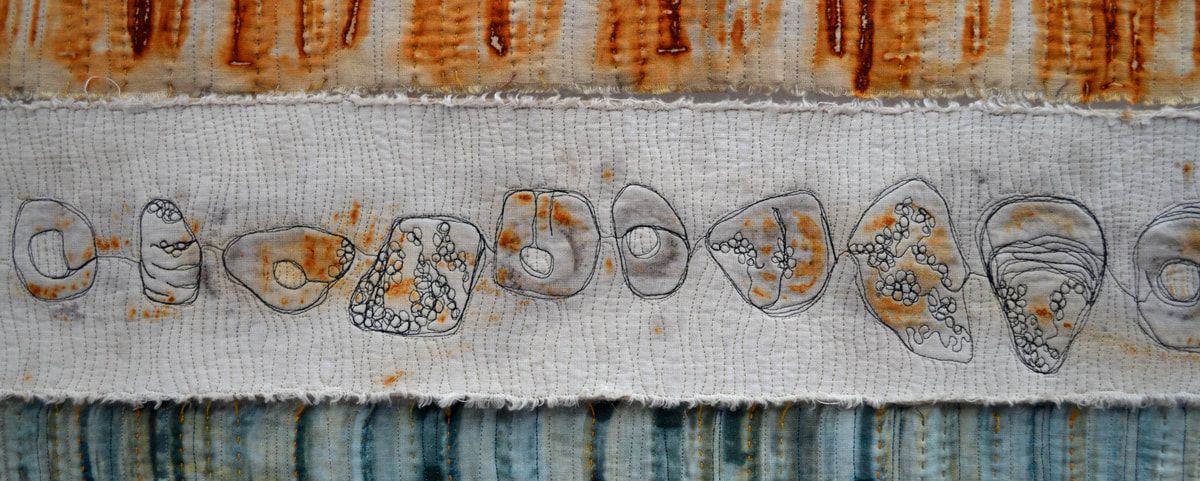
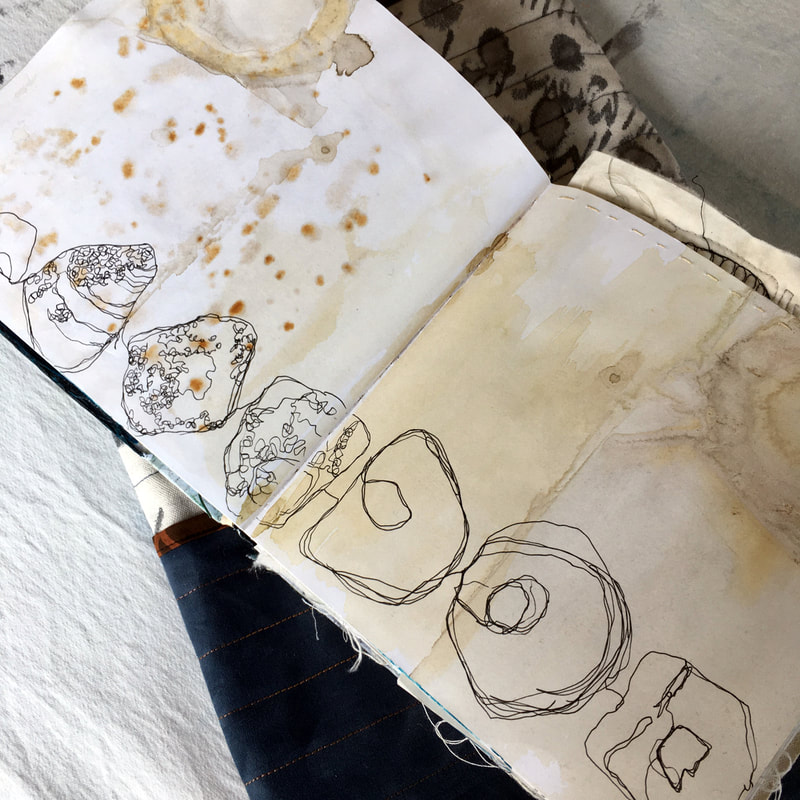
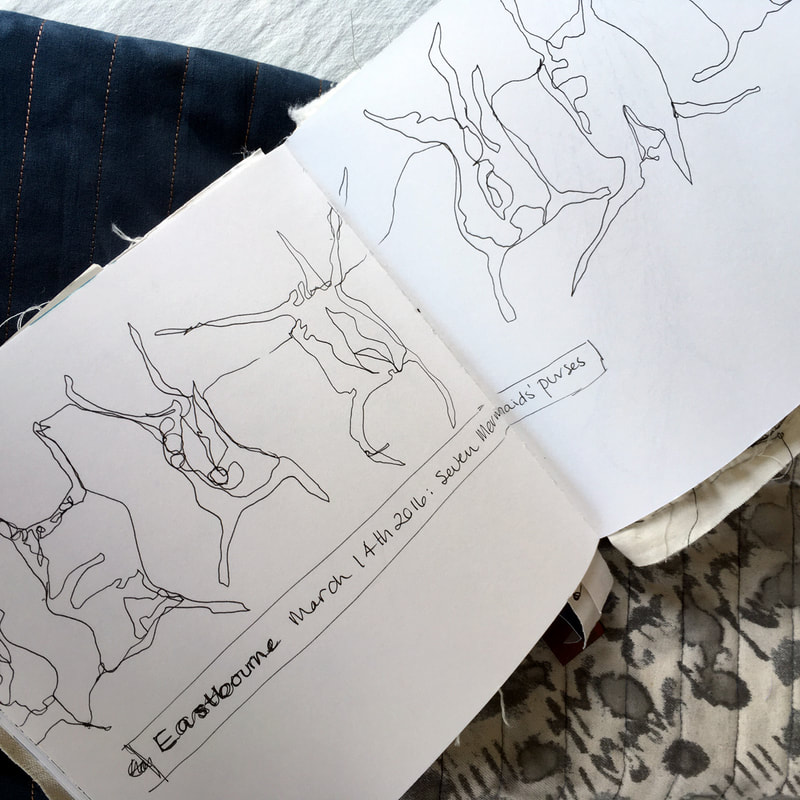
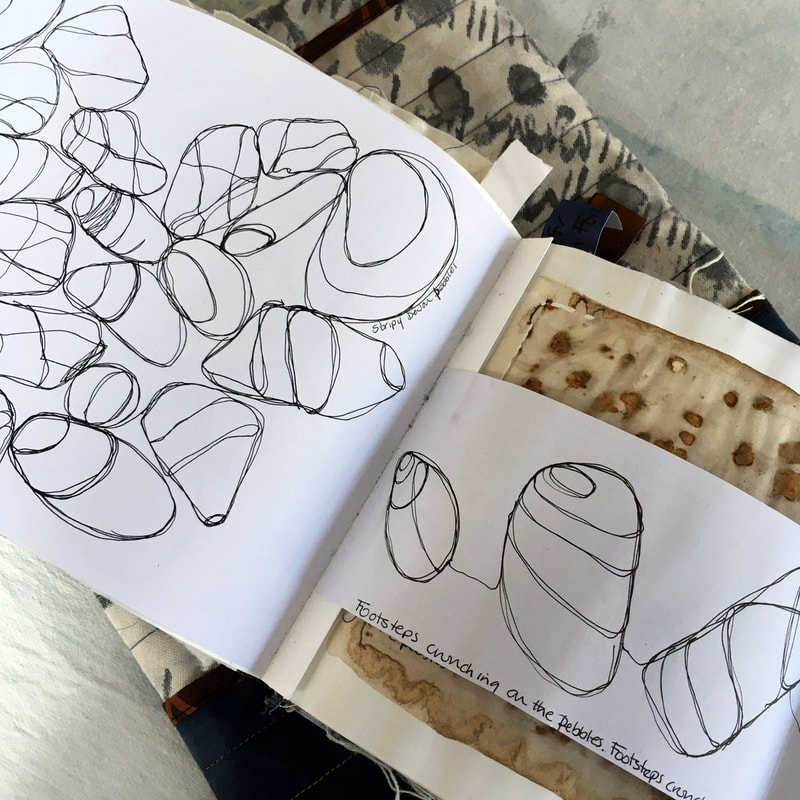
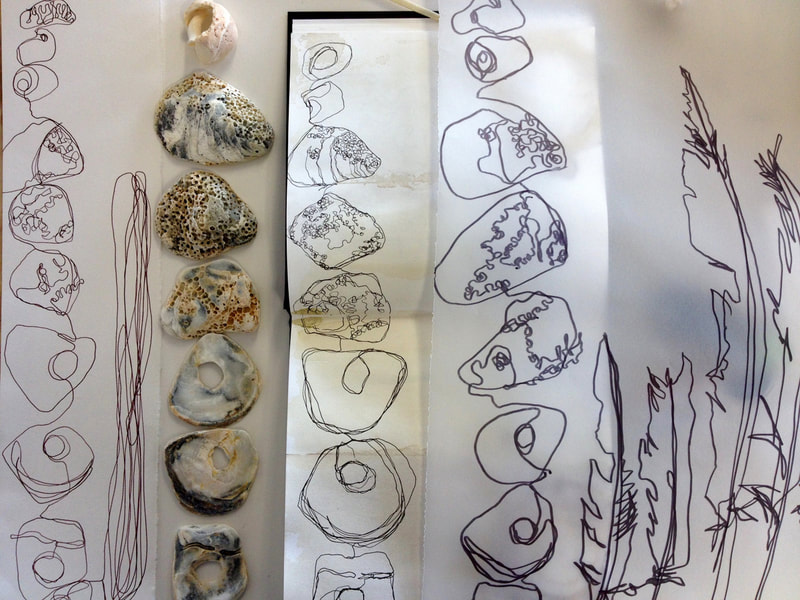
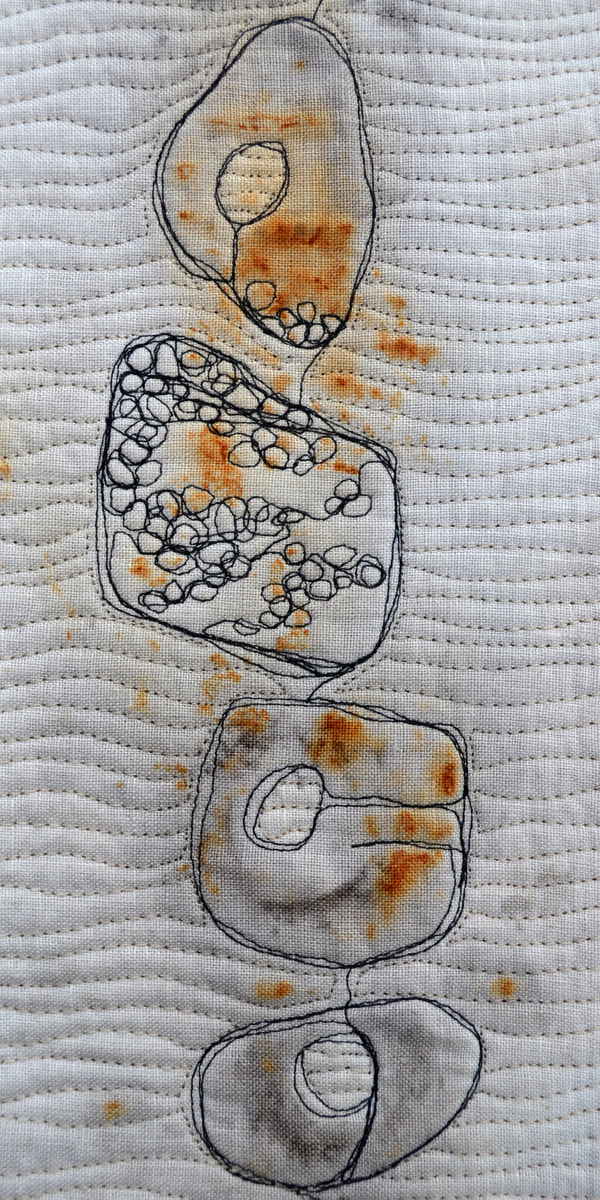
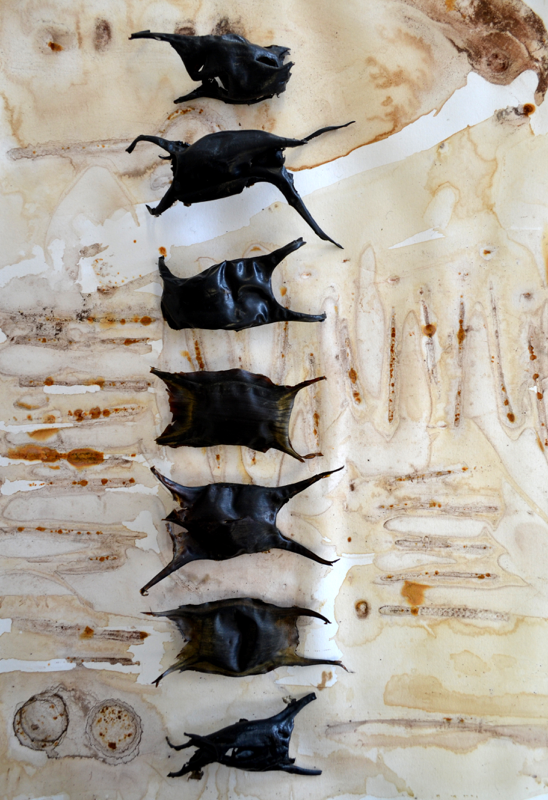

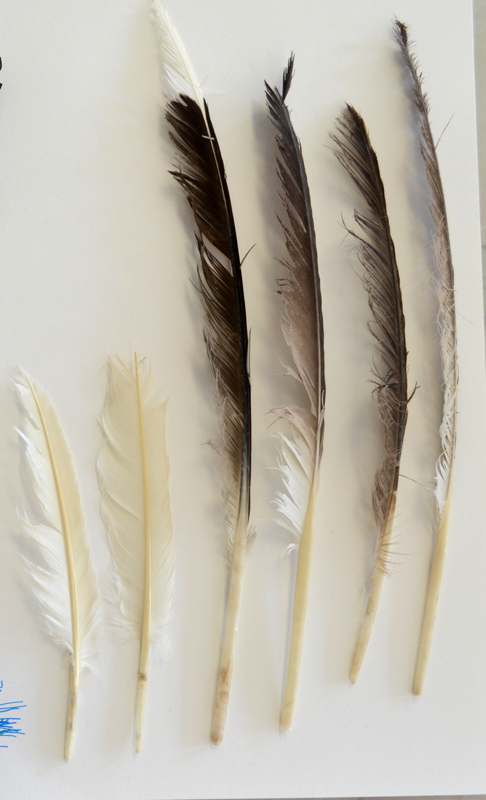
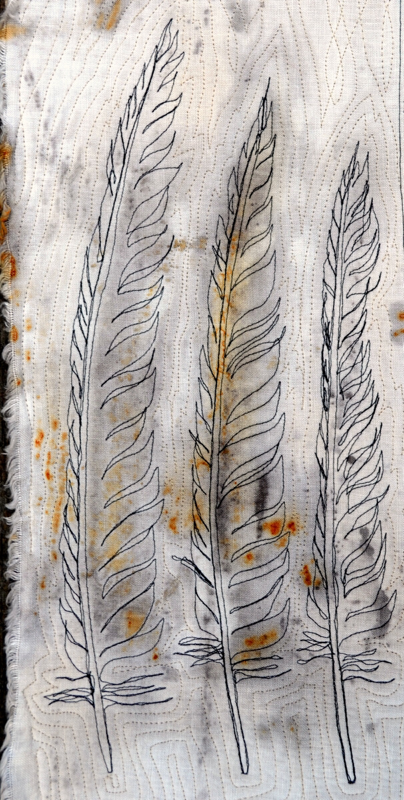





 RSS Feed
RSS Feed
